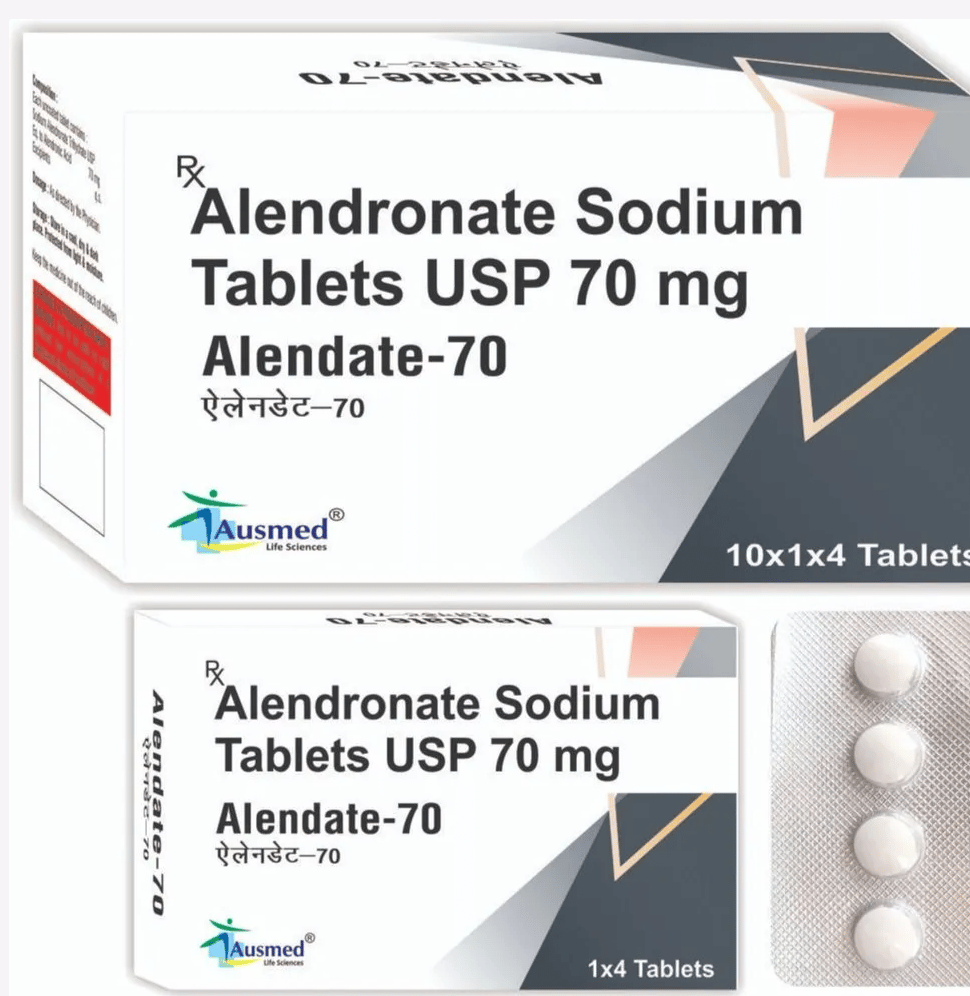What is Alendronate?
Alendronate Mechanism of Action. In adults, osteoporosis is a condition that can be prevented and treated with Alendronate. This drug helps treat and prevent bones’ weakening and thinning, which is typical as people age. Additionally, Alendronate belongs to the bisphosphonate drug class. It functions by halting bone deterioration and boosting bone density.
What is Mechanism of Action?
In medical terms, the Mechanism of Action (MOA) pertains to how a medication or other drugs produces an effect in your body. For instance, a drug’s MOA can involve how it impacts a particular cell. You can observe the MOA of a drug through a change in cell function or growth.
Understanding a drug’s MOA can provide doctors and patients information about their medication’s safety and physiological side effects. That is why most doctors find it essential to know the MOA of a drug to determine the best medicine dosage to give. It also enables them to identify which patients are most likely to respond positively to specific therapies.
With that said, what is Alendronate’s Mechanism of Action? Continue reading to learn more!
What is the Mechanism of Action of Alendronate?
Alendronate, or alendronic acid, decreases bone resorption, osteoclast formation (refers to a specialized cell that absorbs and removes bone to develop new bone and improve bone strength) and kinase activation in vitro.
As an effect of inhibited osteoclasts and lessened bone resorption in your body, it can lead to certain conditions such as osteoporosis, osteogenesis imperfecta, and Gaucher Disease’s manifestation affecting the bones.
How to Use Alendronate Properly?
Before starting your medication using Alendronate, read your pharmacist’s medication guide. Do this each time you also receive a refill. To ensure that your body absorbs the drugs efficiently and to prevent esophageal damage, thoroughly follow the directions of your prescription. You may also ask your physician or pharmacist if you have any questions regarding your treatment, such as the dosage and possible side effects.
Here are other guidelines you should follow when taking Alendronate:
- Take Alendronate orally once daily, after getting up for the day and before taking your first food, beverage, or other medicines.
- Take it with a full glass (6-8 ounces or 180-240 milliliters) of plain water. Swallow the tablet whole.
- Do not chew or suck on the tablet.
- Stay fully upright (sitting, standing, or walking) for at least 30 minutes and do not lie down until after your first food.
- Take it with an empty stomach for the best results.
- Wait at least 30 minutes (preferably 1 to 2 hours) after taking the medication before you eat or drink anything other than plain water.
On the other hand, here is a list of things you should not consume 30 minutes after using Alendronate:
- calcium or iron supplements
- vitamins
- antacids
- coffee
- tea
- soda
- mineral water
- calcium-enriched juices
Note: The items on this list can decrease the absorption of Alendronate, diminishing its effectiveness for treatment.
What are the Side Effects of Alendronate?
Like any drug, Alendronate also has a fair share of side effects. These adverse effects on your body can range from mild to moderate, depending on how your body would eventually respond.
The following are the common side effects of Alendronate:
- nausea
- stomach pain
- constipation
- diarrhea
- gas
- bloating or fullness in the stomach
- change in the ability to taste food
- headache
- dizziness
- swelling of the joints, hands, or legs
- muscle spasms, twitches, or cramps
In rare instances, other severe Alendronate side effects also include:
- new or worsening heartburn
- difficulty swallowing
- pain on swallowing
- chest pain
- bloody vomit or vomit that looks like coffee grounds
- black, tarry, or bloody stools
- fever
- blisters or peeling skin
- rash (may be made worse by sunlight)
- itching
- hives
- swelling of eyes, face, lips, tongue, or throat
- difficulty breathing
- hoarseness
- painful or swollen gums
- loosening of the teeth
- numbness or heavy feeling in the jaw
- poor healing of the jaw
- eye pain
- dull, aching pain in the hips, groin, or thighs

